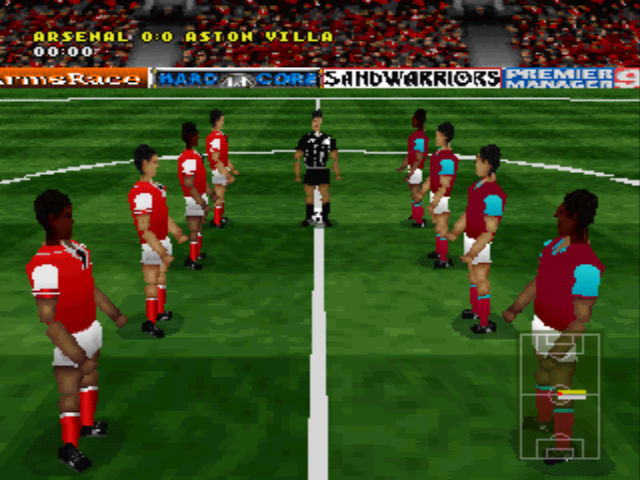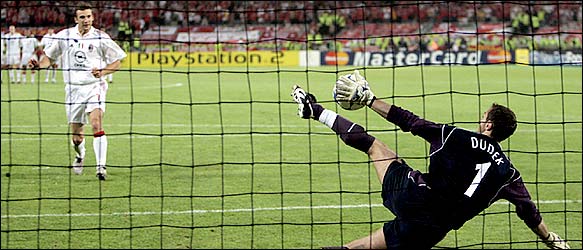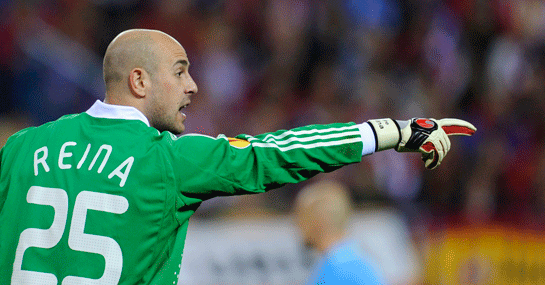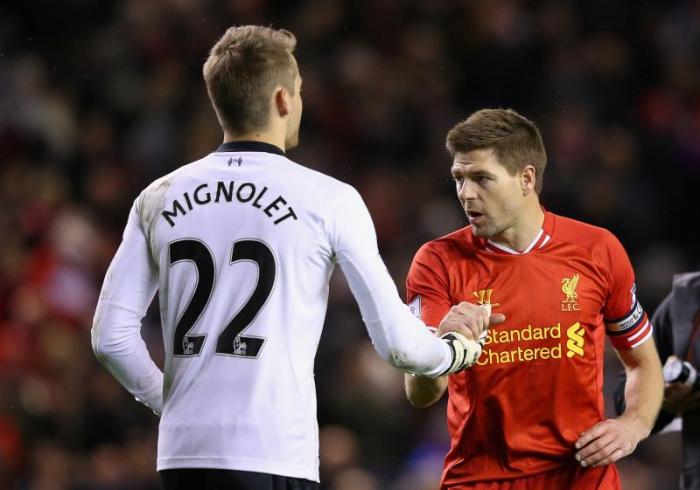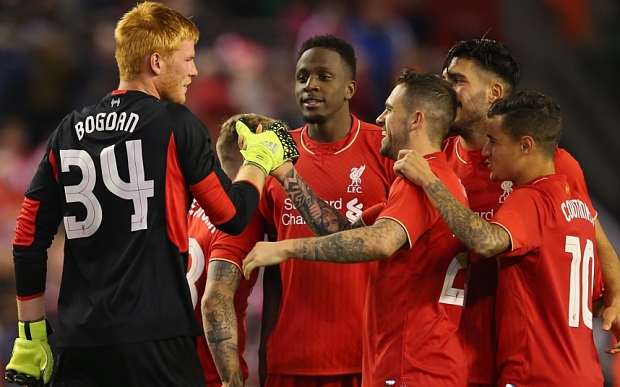Three players have played in five different World Cup finals competitions.
While Gianluigi Buffon was Italy’s number 22 at France 98, he wore 1 in 2002, 2006, 2010 and 2014. Like Buffon, Mexico’s Antonio Carbajal was a goalkeeper who appeared at five finals but didn’t have any other squad number than 1 from 1954-66 inclusive while teams played 1-11 in 1950, when he was first selected.
Lothar Matthäus holds the record for an outfielder, chosen in the squads for 1982, 1986, 1990, 1994 and 1998. Given 18 in his first outing, he had 8 in 1986 and then 10 as he captained West Germany in 1990. He retained that in 1994, despite now playing as a sweeper, but his inclusion in 1998 came after an international hiatus and he wore 8 with Thomas Häßler having taken 10 in his absence.
Clearly, nobody has worn five different numbers at the mundial, and there are plenty of others who can match Matthäus’s three digits – Paolo Maldini has worn 7, 5 and 3, for example, the first two as part of Italy’s ‘block’ system before he pulled rank as captain in 1998, the last before they reverted to a conventional method. Steve Staunton is the only Republic of Ireland international to play in three finals and did so wearing 3 in 1990, 11 in 1994 and 5 in 2002.
They are but two examples of a large constituency of three-number-wearers, so it got us wondering if there were many – or any – who have had four. There are 48 players who have been picked in four World Cup squads (though not necessarily having played in all of them) and of those, just two have been assigned a different number each time.
We’ll be honest, we weren’t too familiar with the work of Bulgaria’s Dobromir Zhechev before researching this, but the former Spartak Sofia and Levski Sofia defender is now immortalised in the squad-number pantheon. Given the number 12 when first picked in 1962, four years later he had 10 – strangely for a defender, given that Bulgaria didn’t follow any discernible pattern – in 1970 he was 14 and, finally, 1974 saw him wearing 3.
He shares the top spot with someone whose name draws more recognition (from this quarter anyway, given a precocious proclivity to read World Soccer as a pre-teen in the 1990s) – Franky van der Elst. Two years after the midfielder joined Club Brugge from Molenbeek, he appeared at his first World Cup, wearing 3. In 1990, he was given 8 and then dropped by one at each of the next two competitions, wearing 7 at USA 94 and then 6 in his swansong in France.





